Regulatory Compliance
Regulatory compliance is a significant driver influencing the Nutraceutical Packaging Market. As governments and health organizations implement stricter regulations regarding labeling and safety standards, manufacturers are compelled to ensure that their packaging meets these requirements. Compliance not only fosters consumer trust but also mitigates the risk of legal repercussions. The Nutraceutical Packaging Market must navigate a complex landscape of regulations, which can vary by region, necessitating a robust understanding of local laws. This focus on compliance is likely to drive innovation in packaging design and materials, as companies seek to create packaging that adheres to regulations while appealing to health-conscious consumers.
Sustainability Initiatives
Sustainability has emerged as a crucial consideration in the Nutraceutical Packaging Market. With consumers increasingly favoring eco-friendly products, packaging solutions that minimize environmental impact are gaining traction. The market for sustainable packaging is expected to witness substantial growth, driven by the rising demand for biodegradable and recyclable materials. Reports suggest that the sustainable packaging segment could account for over 30% of the total packaging market by 2026. This shift compels manufacturers within the Nutraceutical Packaging Market to innovate and invest in sustainable materials and practices, aligning with consumer preferences and regulatory pressures for environmentally responsible packaging.
Technological Advancements
Technological innovations are reshaping the Nutraceutical Packaging Market, offering new opportunities for efficiency and product differentiation. Advanced packaging technologies, such as smart packaging and active packaging, are being integrated to enhance product shelf life and consumer engagement. For instance, smart packaging solutions that incorporate QR codes or NFC technology allow consumers to access detailed product information and health benefits. The adoption of these technologies is expected to drive market growth, with estimates suggesting that the smart packaging segment could grow at a CAGR of 10% through 2028. This trend indicates a shift towards more interactive and informative packaging solutions in the Nutraceutical Packaging Market.
Rising Health Consciousness
The increasing awareness of health and wellness among consumers appears to be a pivotal driver for the Nutraceutical Packaging Market. As individuals become more health-conscious, the demand for nutraceutical products, including dietary supplements and functional foods, is on the rise. This trend is reflected in market data, which indicates that the nutraceutical sector is projected to grow significantly, with a compound annual growth rate (CAGR) of approximately 7.5% over the next few years. Consequently, the Nutraceutical Packaging Market must adapt to accommodate this surge in demand, focusing on packaging solutions that not only preserve product integrity but also communicate health benefits effectively to consumers.
Consumer Demand for Convenience
The demand for convenience is a driving force in the Nutraceutical Packaging Market, as consumers increasingly seek products that fit their fast-paced lifestyles. Packaging that offers ease of use, portability, and resealability is becoming essential. For example, single-serve packaging and easy-to-open designs are gaining popularity among consumers who prioritize convenience. Market analysis indicates that products with convenient packaging options are likely to see higher sales, as they cater to the needs of busy individuals. This trend compels manufacturers in the Nutraceutical Packaging Market to innovate and develop packaging solutions that enhance user experience while maintaining product quality.


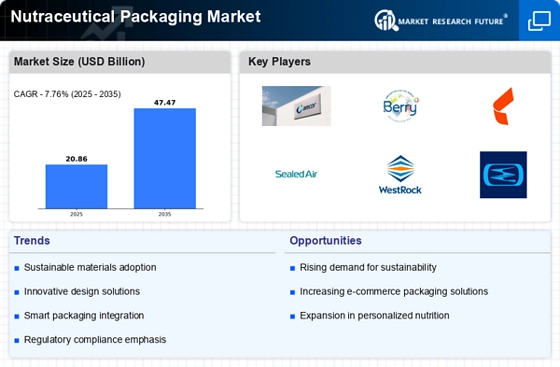
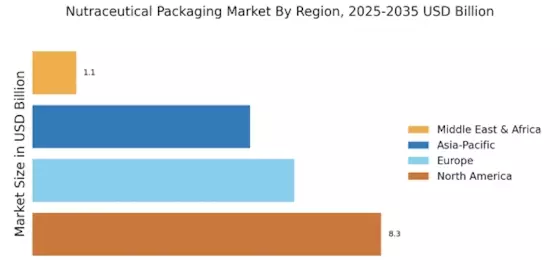

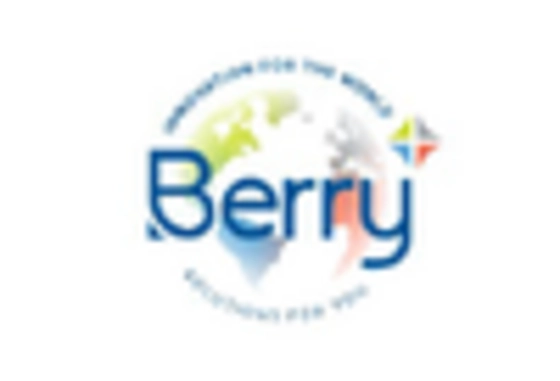


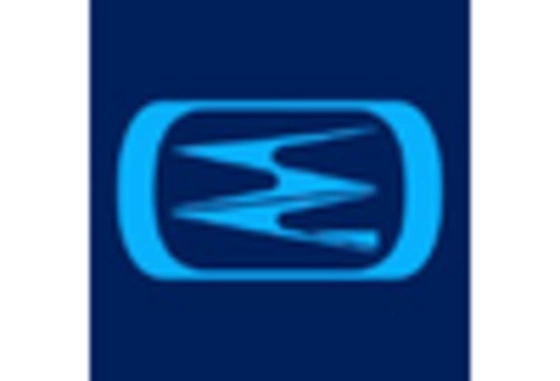
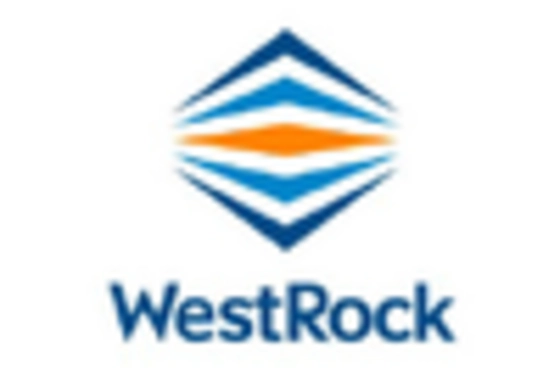








Leave a Comment